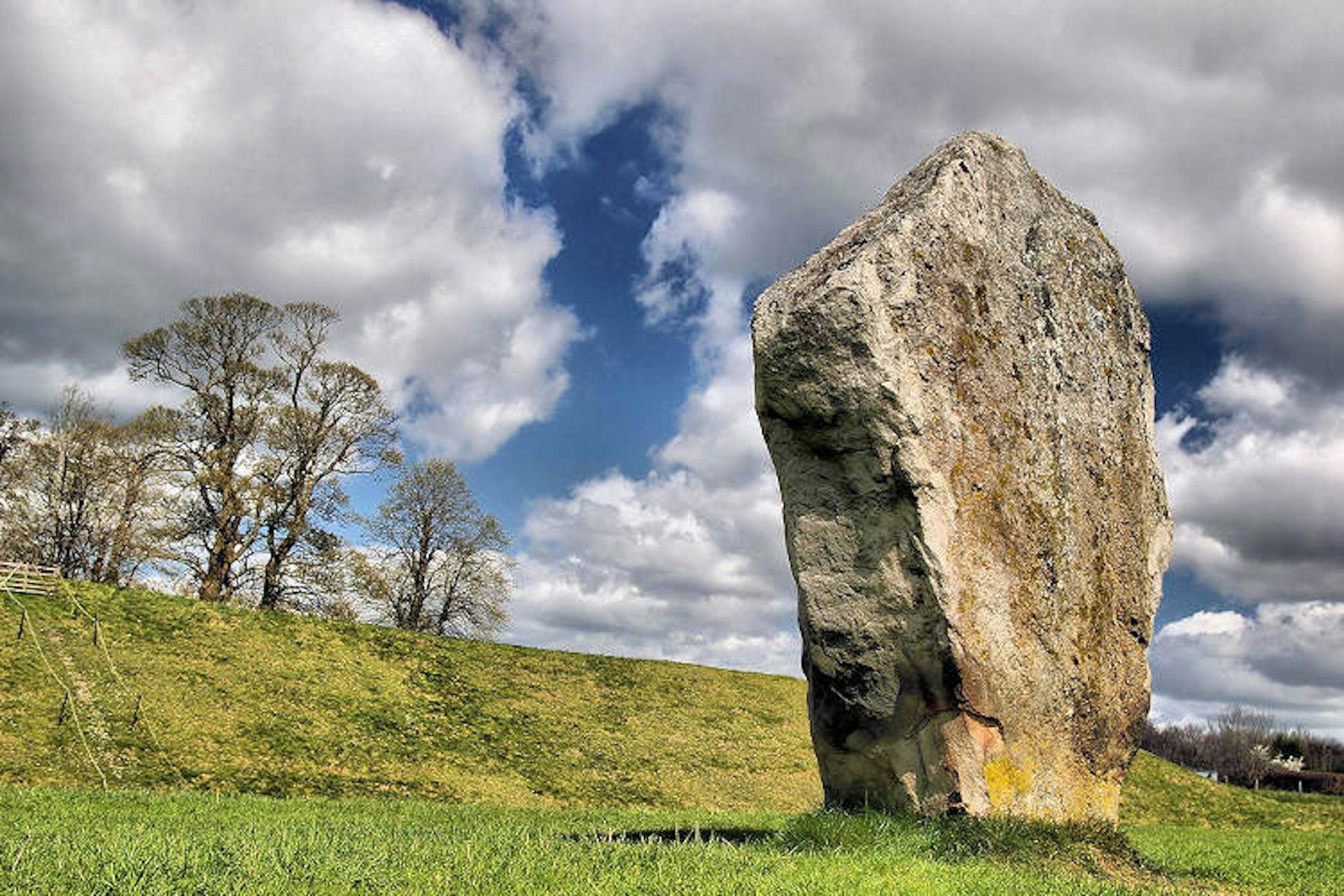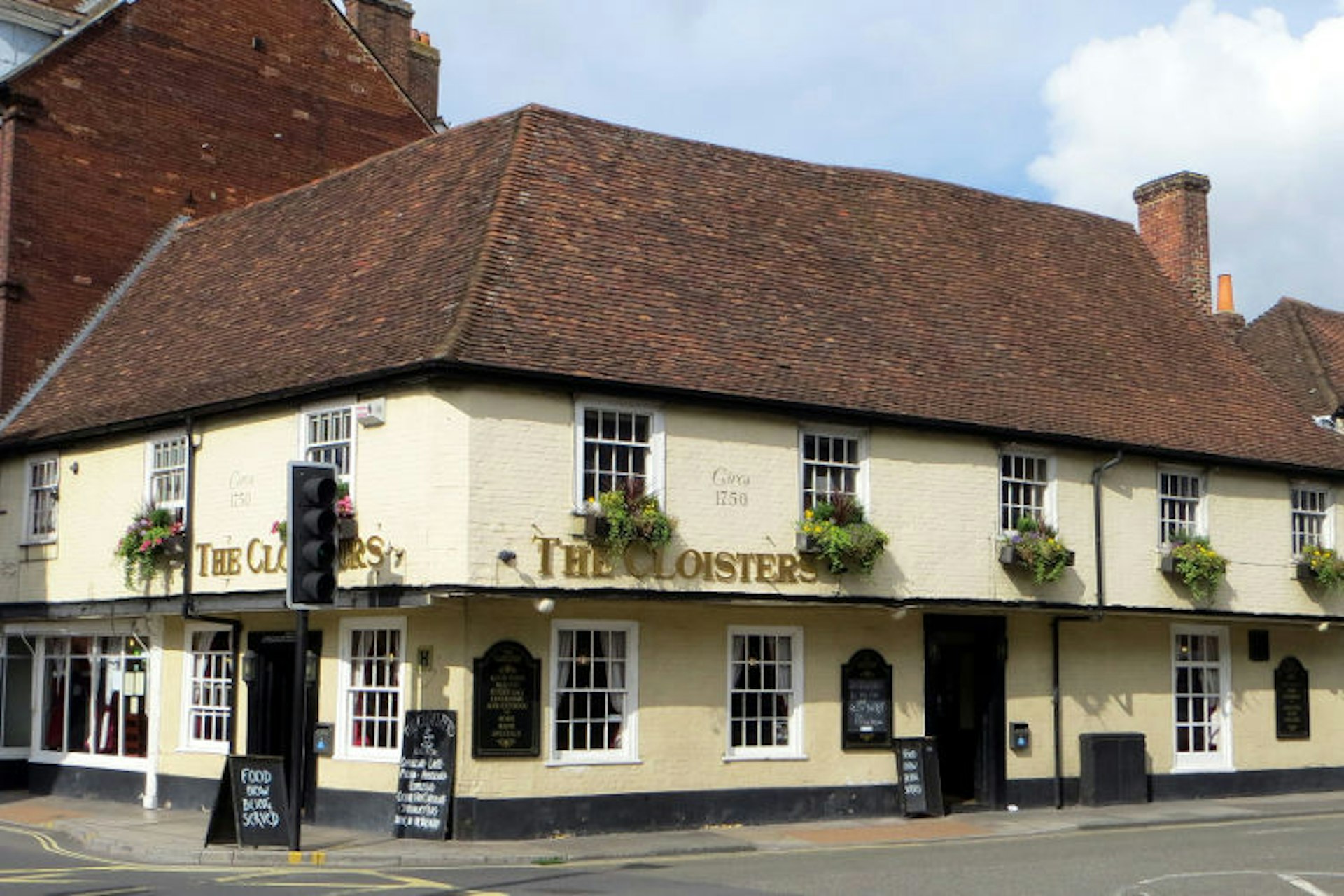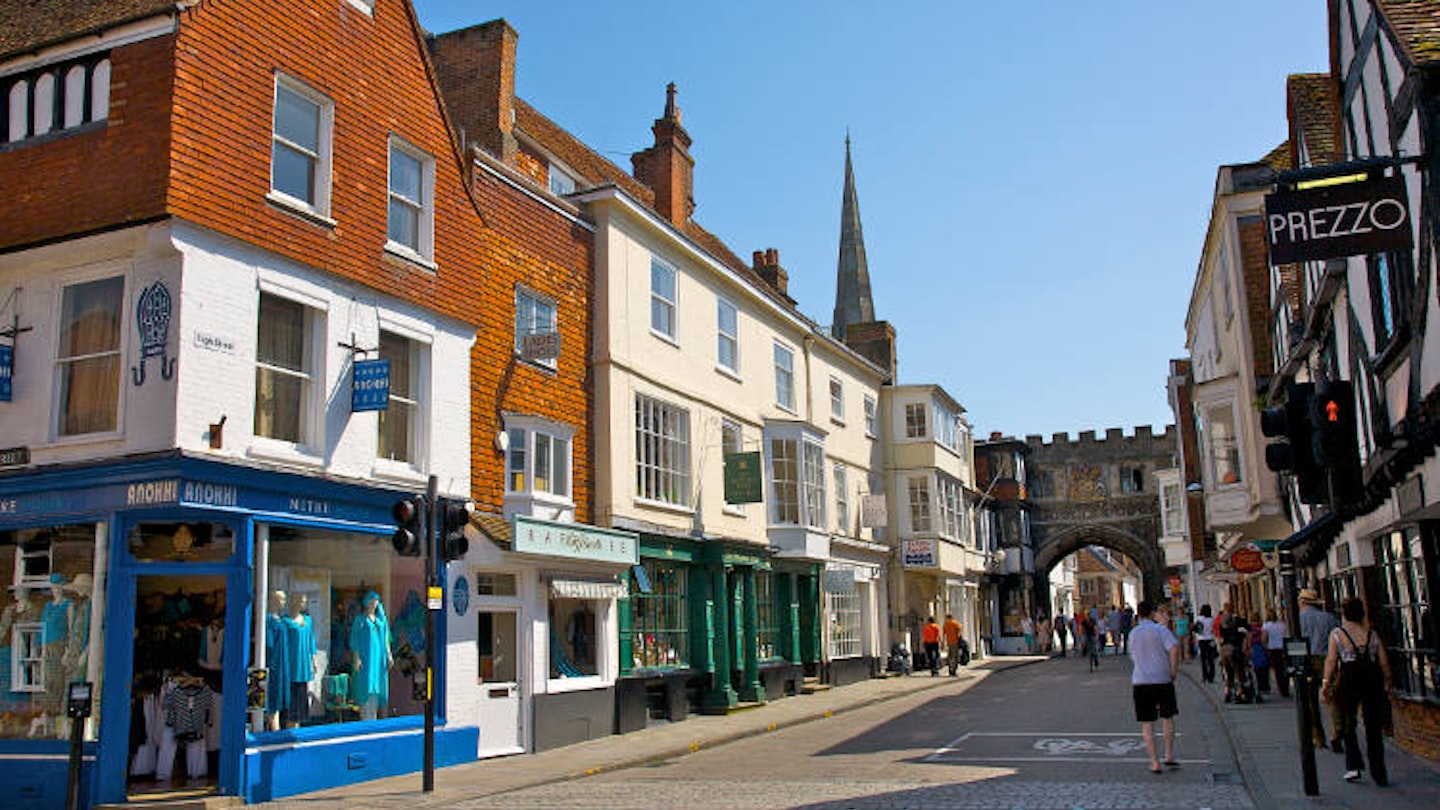In 2015, Salisbury will celebrate Magna Carta’s 800th anniversary in what promises to be a banner year for the city. This ancient document is one of many treasures in this charming English city, from prehistoric stone circles through to medieval pubs and stately homes. Exploring Salisbury allows you to unravel 5000 years of history. These six experiences are guaranteed to spirit you back in time.
Celebrate Magna Carta, a milestone for human freedom

The ‘Great Charter’ is lauded worldwide as a symbol of freedom and justice – quite astonishing for an 800-year-old document concerning the rights of English noblemen. Sealed on the banks of the Thames in 1215, the Magna Carta curbed the powers of the English throne, gave land-owning rights to noblemen and laid down the right to a fair trial. Barons enjoyed the benefit of these new laws, while peasants remained as downtrodden as ever. But despite this, the Magna Carta has become a global inspiration, in particular the oft-quoted words, ‘No free man shall be seized or imprisoned, or stripped of his rights or possessions, or outlawed or exiled’. It has been credited as a predecessor to the United States Constitution and the Bill of Rights.
True enthusiasts are waiting to hear if they will be part of the lucky few to see all four copies at a one-off exhibition in London’s British Library (decided by ballot). But Salisbury’s copy – the best preserved of the four – continues to be part of a grand display in Salisbury Cathedral’s Chapter House, and will be the focus of a calendar of celebrations, talks and choral music during 2015.
One of the pleasures of visiting Salisbury’s Magna Carta is the enthusiasm of the volunteer guides. Check visiting hours on salisburycathedral.org.uk – avoid 3 February 2015, when Magna Carta will be on tour in London.
Climb the spire of a medieval masterpiece

There’s much more than Magna Carta to admire at Salisbury Cathedral. This grandiose construction boasts England’s largest cloisters and cathedral close, and harbours a rather singular curio, the world’s oldest working clock (dating to 1386). Most significantly, Salisbury Cathedral boasts the tallest church spire in the United Kingdom (a cloud-piercing 123m high). Those with a head for heights – and a stomach for narrow spiral staircases – mustn’t miss a guided tour of the tower for views over the rolling hills of Wiltshire.

Visitors with a taste for the days of lordly squabbles and tight-bodiced dames will find other traces of medieval Salisbury throughout the city. It’s impossible to miss the elaborate stone Poultry Cross in the market square, and look out for the coat of arms on the North Gate.
Salisbury Cathedral is open daily. Tours of the tower take 90 minutes and allow limited numbers, so book a slot early on salisburycathedral.org.uk.
Explore the silent city of Old Sarum
For an alternative view of Salisbury Cathedral, step out on the ramparts of Old Sarum. This Iron Age hill fort, slightly north of the city centre, holds the key to Salisbury’s early history. Old Sarum was established in 3000BC, and for centuries was a castle stronghold with a thriving community. Old Sarum’s significance as a military outpost ended abruptly in the 13th century when its bishop was given permission to build a new cathedral in what is now modern Salisbury. People fled Old Sarum to seek their fortunes in the new city, while Old Sarum’s cathedral was gutted and torn down. The result is a site frozen in time: the old cathedral is a ghostly outline, and the windswept ramparts jealously overlook Salisbury.
Roaming this exposed site is best reserved for a sunny day. Old Sarum is a 10-minute drive (or short bus ride on the 8 or X5) from Salisbury city centre. Plan your visit on english-heritage.org.uk.
Hail the solstice at Wiltshire’s stone circles
Few sights inspire such a mixture of bewilderment and awe as Stonehenge, the world-famous circle of boulders on Salisbury’s outskirts. Now known to have been transported by labourers from southwest Wales (250km from the site) and assembled around 2400BC, the motivation for this incredible feat remains obscure. Historians’ best guess is that it was an ancient burial site and then a monument to celebrate the winter solstice (pagan worshippers gather at the site to this day). Considering the various theories about Stonehenge is part of the fun, so allow time for the recently upgraded visitors’ centre at the site.

These millennia-old monoliths certainly draw the crowds, but further north lies a site vaster and more ancient than Stonehenge. The Avebury Stones stretch back even further (to an estimated 2850BC) and form Europe’s largest stone circle. The three rings making up this Neolithic monument are thought to have been the focus of rituals warding off nature’s crueller whims. Today, a chapel and a pub, the Red Lion Inn, are encircled by these ancient stones.
Visit Stonehenge and Avebury as a combined day-trip from Salisbury. Stonehenge is a 20-minute drive north of Salisbury, and Avebury another 35 minutes by car from there. Tours from London are also available.
Swoon at 18th-century stately homes
Want to explore a more genteel era? Salisbury boasts an array of period buildings from the 18th and 19th centuries, and the jewel in the crown is Mompesson House. With its stone exterior, iron gates and tranquil walled gardens, Mompesson House is so unabashedly English that it was chosen as a filming location for the 1995 movie Sense and Sensibility.
Exploring the interior is evocative of Georgian England – you can almost detect a whiff of smelling salts. You’ll sidle past delicate plasterwork and period furniture, glance at 18th-century goblets and mother-of-pearl jewellery boxes… anyone else need their corset loosening?
Mompesson House rewards eco-friendly travellers: mention that you arrived by bike or public transport and enjoy a discount in their tea room. Plan your visit at nationaltrust.org.uk.
Quaff ales like a medieval peasant

Time travel is thirsty work. Luckily Salisbury’s pubs have rich enough folklore to keep the history flowing along with the ale. Start at the Haunch of Venison: not only does this pub, dating to 1320, conceal secret passageways (supposedly wending their way to the cathedral), it’s also the site of a mischievous ghost. Another 14th-century drinking haunt is Grade II-listed The Cloisters (cloisterspubsalisbury.co.uk), a winter favourite for its open fires and Sunday roasts. Finally, the Ox Row Inn (theoxrowinn.co.uk) is a relative youngster, pouring brews since the 16th century. Some of the old-world charm has been polished out of it during recent makeovers, but its black and white timbered exterior and ale selection make it a fine stop on a historic pub crawl.
Want to go right to the source? Book a visit to a’Beckett’s Vineyard (abecketts.co.uk) or Wadworth Brewery (wadworthvisitorcentre.co.uk).
Make it happen
Salisbury is an easy day-trip by train from London (1½ hours) or Bristol (from 1 hour 10 minutes) but you’ll need your own wheels if you want to explore the Wiltshire countryside. Basing yourself in Salisbury for a couple of days allows plenty of time to explore the sights and make the most of pubs and local eats. Sticky your fingers over cream tea at Howard’s House (howardshousehotel.co.uk), splurge on confit duck at local favourite Charter 1227 (charter1227.co.uk) or go for sophisticated contemporary Indian at Anokaa. If you want sumptuous lodgings in the city centre, choose St Ann's House or Milford Hall. For rustic atmosphere and river views, go with the Legacy Rose & Crown Hotel.












